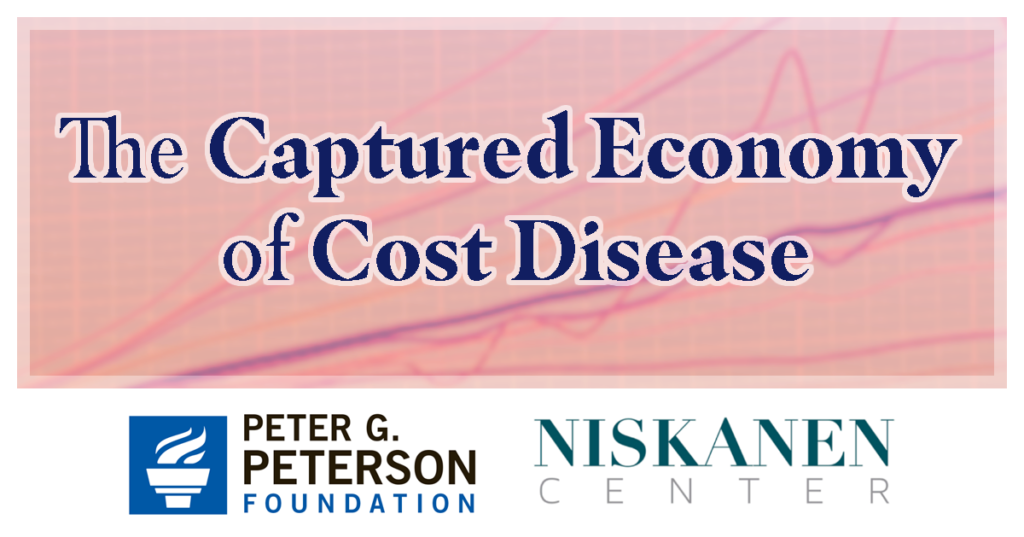
In the 1990s, all that was required to become a licensed physical therapist was a Bachelor’s degree. In the 2000s, this became a Masters–and today, physical therapists need a Doctorate. This isn’t an isolated trend, either. A similar upward ratchet in education requirements occurred during the past few decades in several health care occupations, including pharmacists and audiologists. One potential explanation of this upward ratchet is that more stringent licensing improves an occupation’s position at the bargaining table.
Public messaging material for the American Academy of Audiology’s ongoing campaign to codify in state law its move from a Masters to a Doctorate is fairly explicit about the utility of education requirements as a bargaining device.
While each statement is couched in the language of consumer protection, the document notes “government agencies and other third-party insurance payers understand the value of licensure as a health care credential”, and necessary if the profession is to achieve “independent practitioner.” In other words, stricter licensing requirements are the way to potentially get better reimbursement and get out from under the thumb of a referring physician when it comes to billing insurance. Even if the more expansive authority doesn’t pan out as hoped, existing license holders are basically always grandfathered in when standards are raised. At worst, those already possessing a license when stricter standards are enacted merely face less competition for their services due to higher entry-barriers.
Relative to Europe, the United States is an extreme outlier regarding the amount of time its health professionals spend in classroom settings. This tendency is true not only of physicians but of countless occupations, including physicians, pharmacists, audiologists, dentists, and physical therapists. For instance, in the United Kingdom, aspiring physical therapists enter the profession following the completion of a single 3-year degree. In the United States, by contrast, physical therapists spend a total of 7 years completing their 4-year Bachelor’s Degree followed by their 3-year doctoral degree in physical therapy.
Europe’s more modest education requirements for health professions may result from these countries’ more activist approach to constraining price growth. Europe’s use of price controls and centralized government purchasing may have had the effect of dissuading occupations from lobbying for higher mandated credentials for their profession. While state governments in the U.S. are primarily responsible for regulating the licensing credentials for health care occupations, the financing is primarily conducted out via the federal government and households. Thus, state governments are insulated from the health care cost increases implicitly imposed via their regulatory actions. State governments in the United States do not directly compensate occupations for further educational investments in the manner they would under a monopsonistic single-payer buyer of health services through tax increases.
Yet it’s not at all clear that having the United States simply adopt a more activist approach to constraining price growth would be effective on its own at reversing structurally higher costs resulting from higher mandated barriers to entry into the country’s health care sector. Worse still, efforts to bargain down health care prices without simultaneously liberalizing health care’s supply-side may simply prompt less entry into the professions, thus lowering the quantity of health care services supplied. So while a more activist government approach to controlling health care price growth may be worthwhile, it likely isn’t sufficient on its own.
This commentary is part of our Captured Economy of Cost Disease series exploring the role of regressive regulation in driving-up the costs of core goods like health care, education, and housing. It is made possible thanks to the generous support of the Peter G. Peterson Foundation.